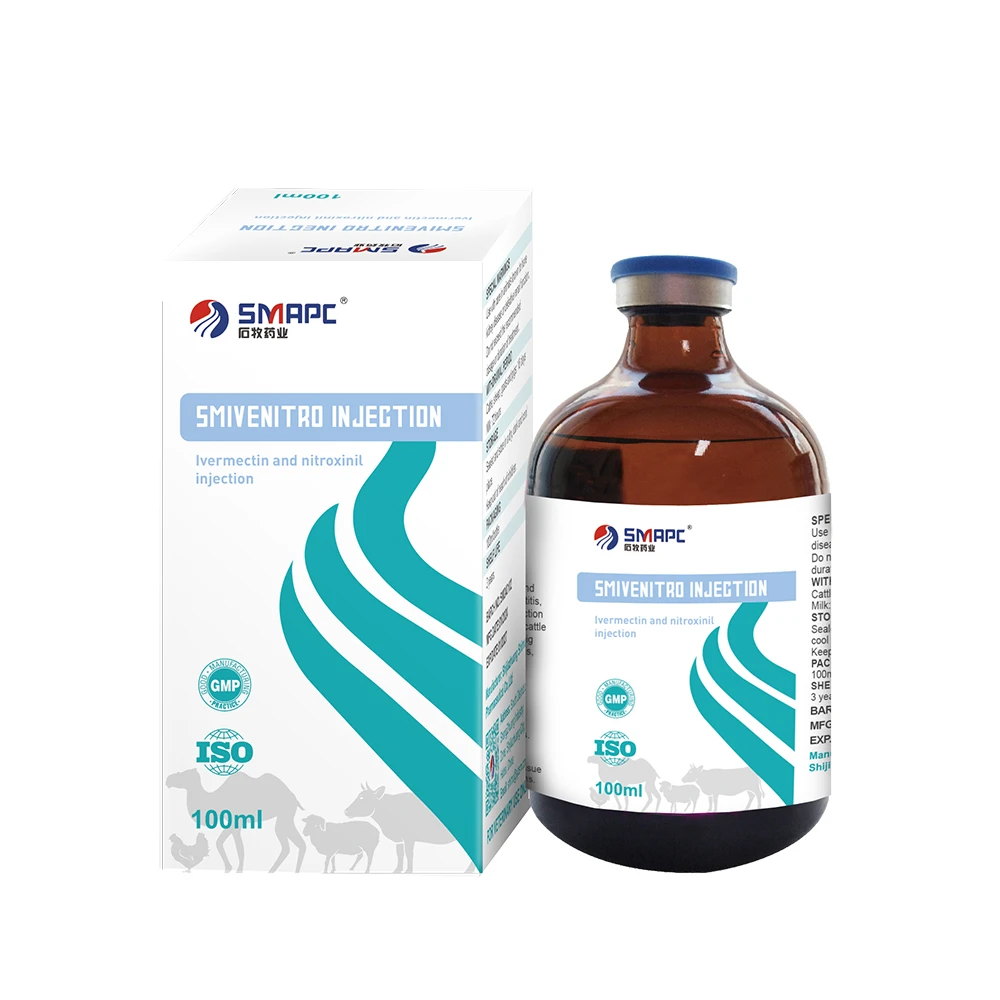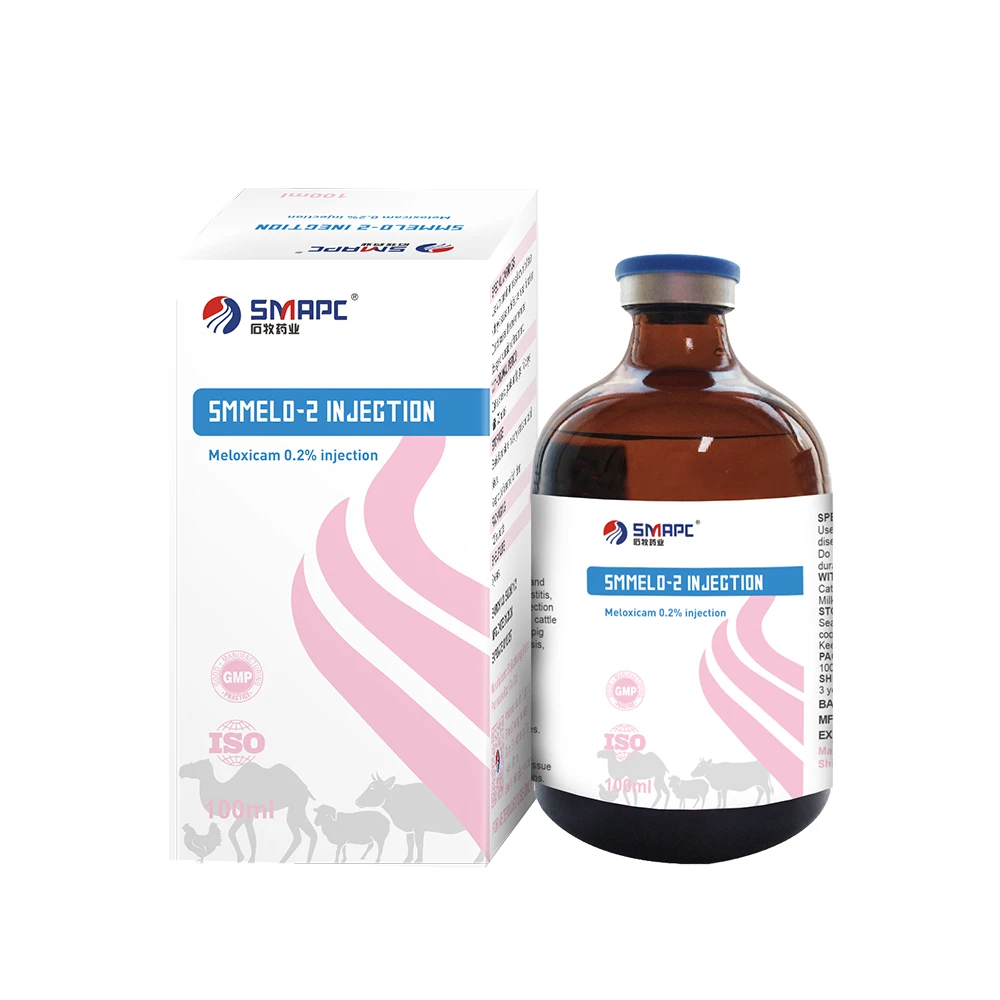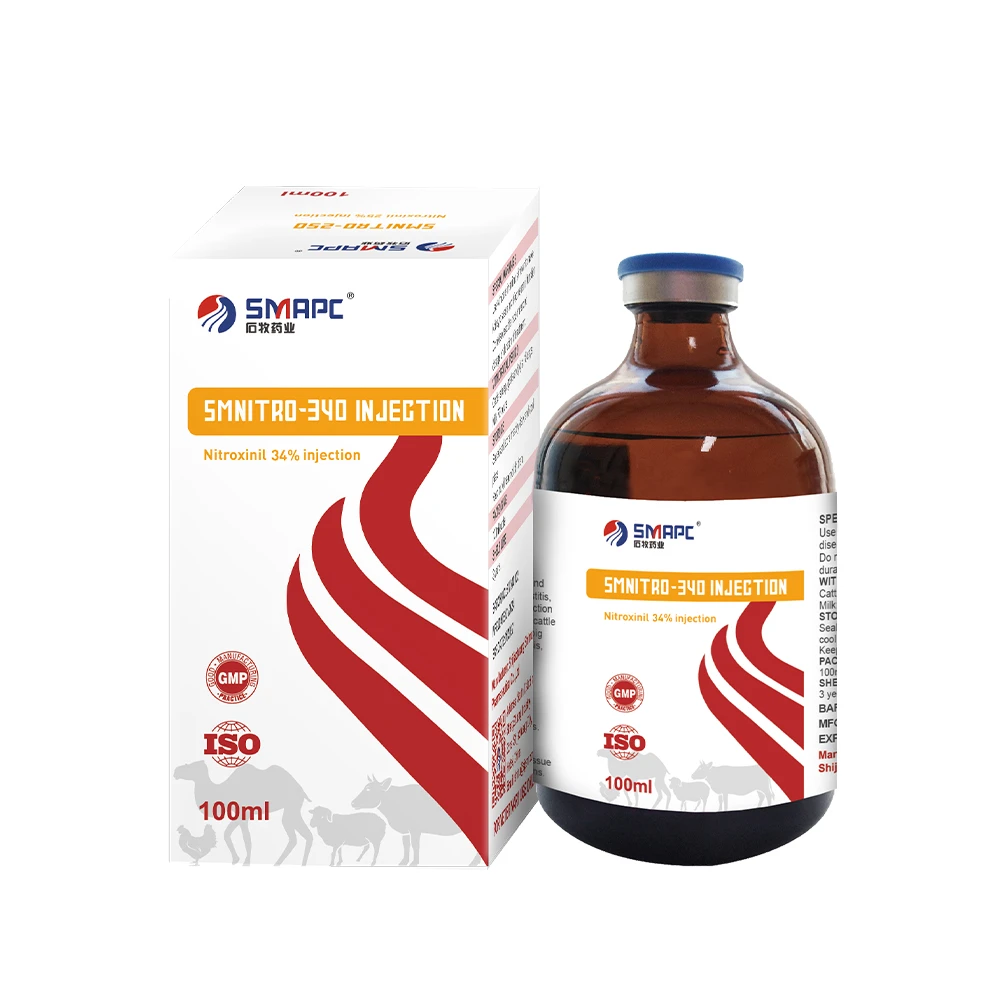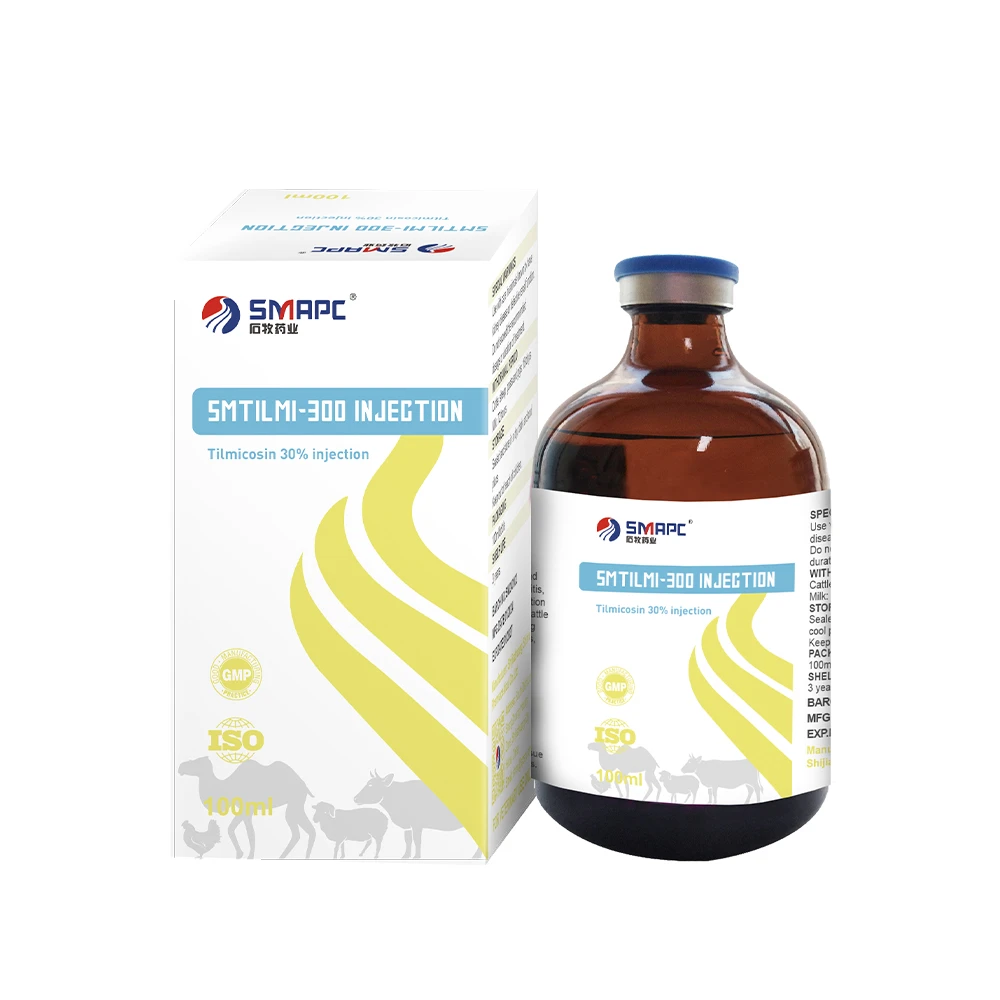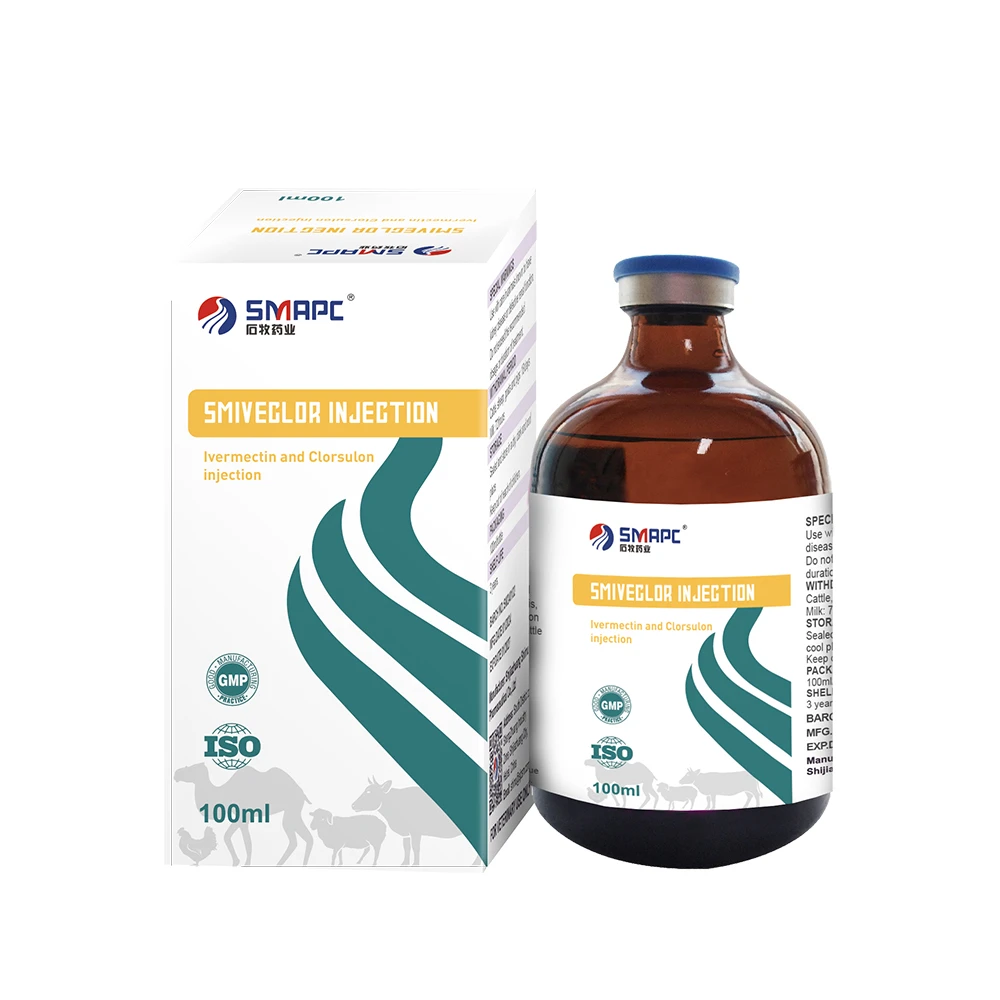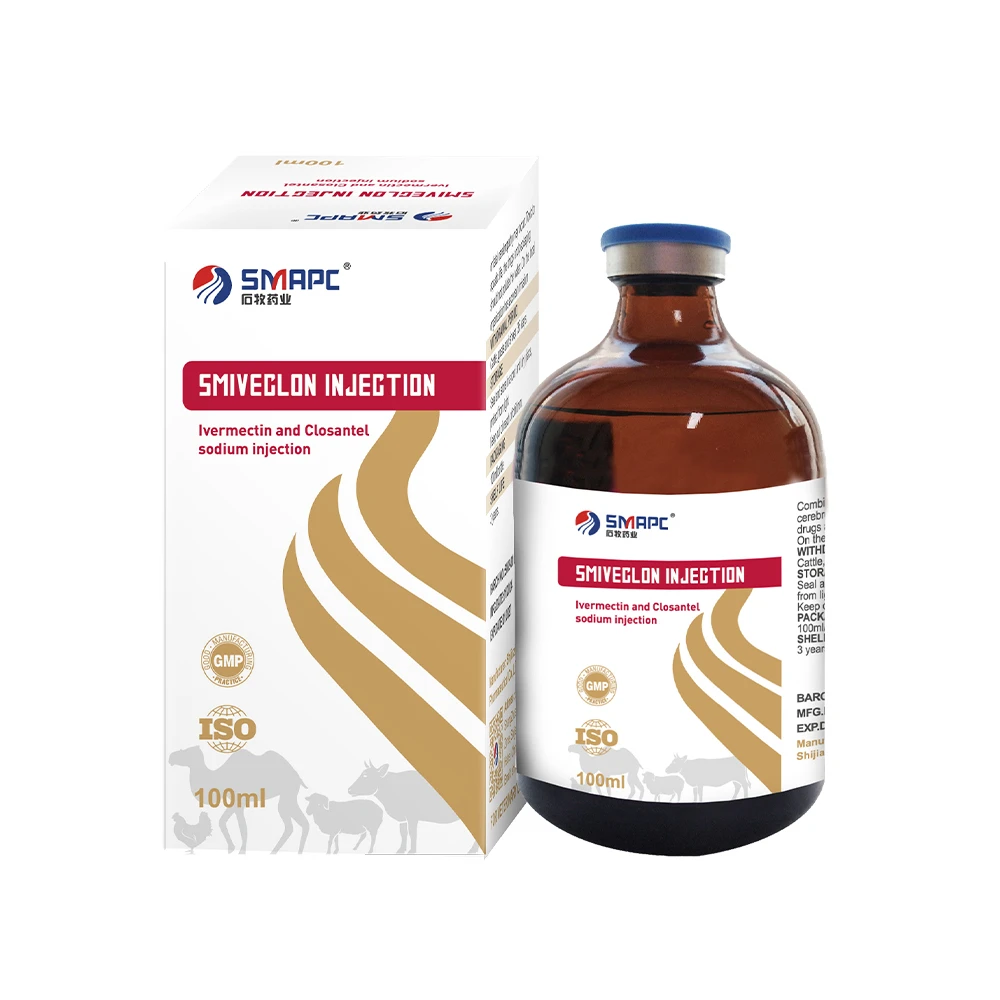Aug . 13, 2024 10:36 Back to list
Exploring the Benefits and Applications of Long-Acting Amoxicillin Injectable Formulations in Medical Treatments
Amoxicillin Long-Acting Injection A Comprehensive Overview
Amoxicillin is a widely used antibiotic that belongs to the penicillin group of drugs. Known for its broad-spectrum efficacy against various bacterial infections, it has become a staple in both acute and chronic infection management. The long-acting formulation of amoxicillin is particularly valuable in clinical settings, where prolonged therapeutic effects are desired. This article delves into the specifics of amoxicillin long-acting injection, its applications, benefits, and considerations for use.
Understanding Amoxicillin
Amoxicillin works by inhibiting the synthesis of bacterial cell walls, an essential process for bacterial growth and reproduction. It is effective against a variety of pathogens, including Streptococcus, Staphylococcus, and Escherichia coli. Available in several forms, amoxicillin can be administered orally or intravenously, depending on the severity of the infection and the condition of the patient.
The Long-Acting Formulation
The long-acting injection form of amoxicillin is designed to provide sustained therapeutic levels in the bloodstream, allowing for less frequent dosing compared to traditional formulations. This is particularly advantageous in situations where maintaining consistent drug levels is crucial for treatment efficacy. The long-acting formulation is often indicated in severe infections, in cases where oral administration may not be feasible, or in patients who require stringent adherence to the medication regimen.
Applications in Clinical Practice
Amoxicillin long-acting injection is utilized in various clinical scenarios, including but not limited to
2. Skin and Soft Tissue Infections The sustained release of the antibiotic provides effective management of severe skin infections, including cellulitis and abscesses.
amoxicillin long acting injection

3. Urinary Tract Infections In patients with complicated urinary tract infections, the long-acting injection helps achieve adequate drug levels to combat resistant bacterial strains.
4. Surgical Prophylaxis It is often employed as a prophylactic measure before surgical procedures, ensuring that therapeutic levels are maintained during and after surgery to prevent infection.
Benefits of Long-Acting Injection
The primary advantage of using a long-acting formulation of amoxicillin is the reduction in the frequency of administration, which can lead to improved patient compliance, especially in those who may struggle with frequent dosing schedules. Additionally, it simplifies the treatment regimens in hospital settings, where healthcare providers can ensure that patients receive adequate antibiotic coverage without the need for constant monitoring of dosing times.
Moreover, sustained pharmacokinetics can lead to fewer peaks and troughs in drug levels, potentially reducing the risk of drug-related side effects and enhancing overall treatment outcomes.
Considerations and Side Effects
Despite its advantages, the use of amoxicillin long-acting injection is not without considerations. It is essential for healthcare providers to screen for allergies to penicillin and to assess renal function, as dosage adjustments may be required in patients with impaired renal clearance. Common side effects may include gastrointestinal disturbances, such as nausea and diarrhea, and allergic reactions ranging from mild rashes to severe anaphylaxis.
Conclusion
Amoxicillin long-acting injection is a crucial tool in the arsenal against infectious diseases, offering healthcare providers a flexible and effective means of managing various bacterial infections. By understanding its benefits and applications, clinicians can make informed decisions that enhance patient care and improve treatment outcomes. As with all medications, careful consideration of individual patient factors and potential side effects is paramount in ensuring safe and effective treatment with amoxicillin.
-
Vital Solutions for Healthy and Productive SwineNewsJul.08,2025
-
Veterinary Powder Is VitalNewsJul.08,2025
-
Understanding Prescription Drugs for AnimalsNewsJul.08,2025
-
Understanding Poultry MedicineNewsJul.08,2025
-
The First Line of Defense in Animal HealthNewsJul.08,2025
-
Role of Veterinary Drug in Modern Animal HealthcareNewsJul.08,2025
Products categories


